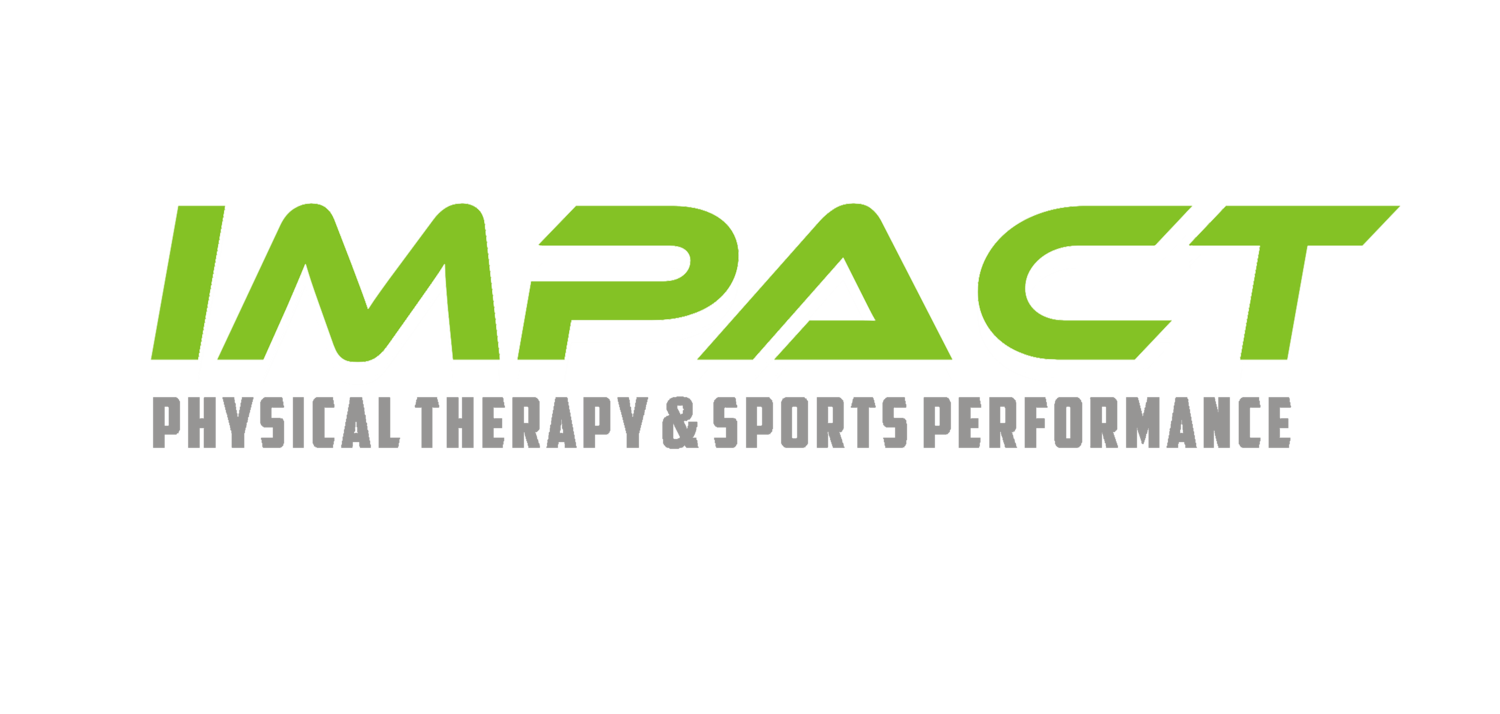Best Exercises for Achilles Tendon Health
To improve Achilles tendon health in runners, it's essential to incorporate exercises that focus specifically on strengthening and stretching the Achilles tendon. Here are the top 2 effective exercises to help improve Achilles tendon health:
Eccentric Calf Raises:
Eccentric calf raises are one of the most effective exercises for Achilles tendon health. This exercise targets the tendon's strength and resilience, helping to prevent and rehabilitate Achilles tendon issues such as tendinopathy.
Instructions:
Stand on the edge of a step or a raised platform, with the balls of your feet on the step and your heels hanging off the edge.
Rise up onto your toes by lifting your heels as high as possible.
Slowly lower your heels down below the level of the step, allowing a slight stretch.
Repeat for 3 sets of 12-15 repetitions, focusing on the eccentric (lowering) phase of the exercise.
Progression:
Once you feel confident and comfortable with heel raises, you can consider increasing the intensity by incorporating variations, such as single-leg heel raises jumps or increasing the resistance.
However, it's important to progress gradually and listen to your body to avoid overloading the Achilles tendon.
2. POGO plyometrics
The pogo exercise is a plyometric exercise that can help improve Achilles tendon strength and resilience. It involves quick, repetitive jumps that target the calf muscles and Achilles tendon.
Instructions:
Stand with feet shoulder-width apart and knees slightly bent.
Perform quick and consecutive jumps, pushing off the ground with the balls of your feet.
Land softly on the balls of your feet, allowing brief contact with the heels before the next jump.
Maintain an upright posture and focus on using the lower legs and ankles to generate power.
Start with a comfortable number of repetitions, gradually increasing intensity and incorporating variations as you progress.
Progression:
Once you feel confident and comfortable with the pogo exercise, you can consider increasing the intensity by incorporating variations, such as single-leg pogo jumps or higher jumps.
However, it's important to progress gradually and listen to your body to avoid overloading the Achilles tendon.

